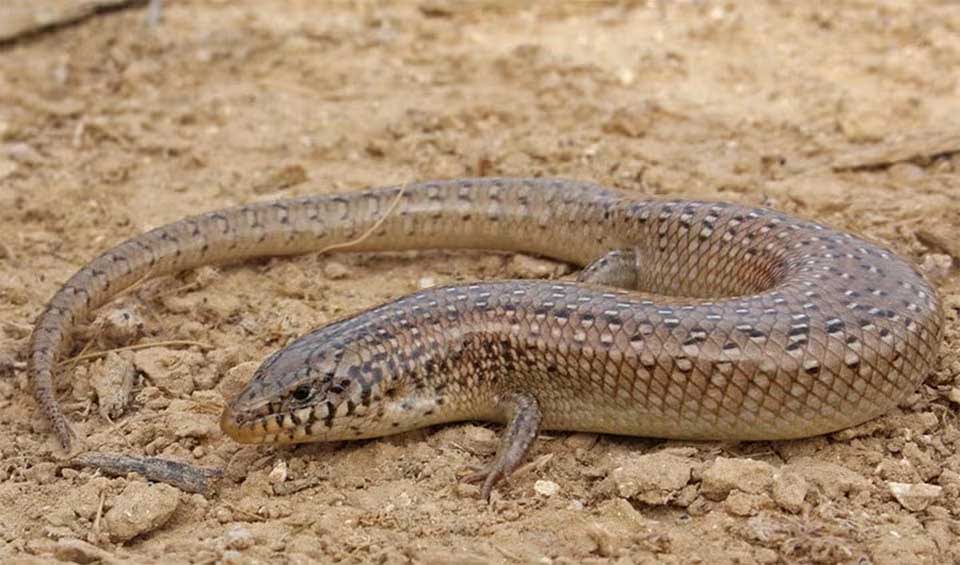Its common names, such as the eyed skink or the jeweled skink, reference the striking, ocellated (eye-like) patterns and vivid colors that adorn its scales. These skinks are indigenous to a broad swath of North Africa and extend into parts of the Middle East, thriving in arid, sandy environments that demand specialized survival strategies.
One of the defining characteristics of the ocellated skink is its ability to burrow into the sand swiftly. This behavior is crucial for thermoregulation, allowing the skink to avoid the scorching daytime heat and the cold of desert nights. The burrowing also serves as a defensive tactic against predators, as the skink can disappear from sight in moments.
Another remarkable adaptation of the ocellated skink is its caudal autotomy, which is the ability to self-amputate its tail when threatened. This evolutionary trait acts as a life-saving decoy; the detached tail continues to move and wriggle, creating a diversion that enables the skink to flee from potential harm. This is complemented by the skink’s keeled scales, which help reduce friction with the sand as it moves, and their streamlined bodies facilitate quick and efficient burrowing.
The diet of the ocellated skink is diverse, reflecting its omnivorous nature. Its menu includes a variety of insects such as crickets and beetles, arachnids, annelid worms, and a selection of desert vegetation, including seeds, fruits, and flowers. This varied diet is indicative of the skink’s opportunistic feeding habits, which are a necessity in the unpredictable desert ecosystem.
Distribution
 Algeria
Algeria Cyprus
Cyprus Egypt
Egypt France
France Greece
Greece Iran
Iran Iraq
Iraq Israel
Israel Italy
Italy Jordan
Jordan Kuwait
Kuwait Lebanon
Lebanon Libya
Libya Mali
Mali Malta
Malta Mauritania
Mauritania Morocco
Morocco Oman
Oman Pakistan
Pakistan Saudi Arabia
Saudi Arabia Somalia
Somalia Spain
Spain Sudan
Sudan Tunisia
Tunisia Turkey
Turkey Turkmenistan
Turkmenistan UAE
UAE United States
United States Yemen
YemenAnything we've missed?
Help us improve this page by suggesting edits. Glory never dies!
Suggest an editGet to know me
Terrestrial / Aquatic
Altricial / Precocial
Polygamous / Monogamous
Dimorphic (size) / Monomorphic
Active: Diurnal / Nocturnal
Social behavior: Solitary / Pack / Herd
Diet: Carnivore / Herbivore / Omnivore / Piscivorous / Insectivore
Migratory: Yes / No
Domesticated: Yes / No
Dangerous: Yes / No





